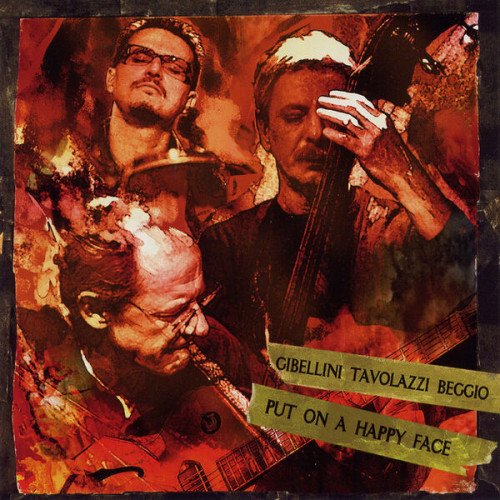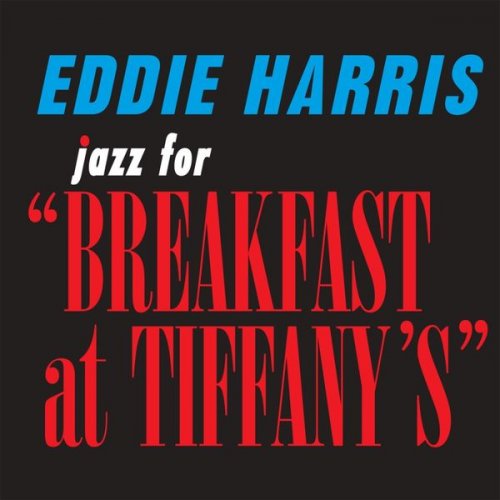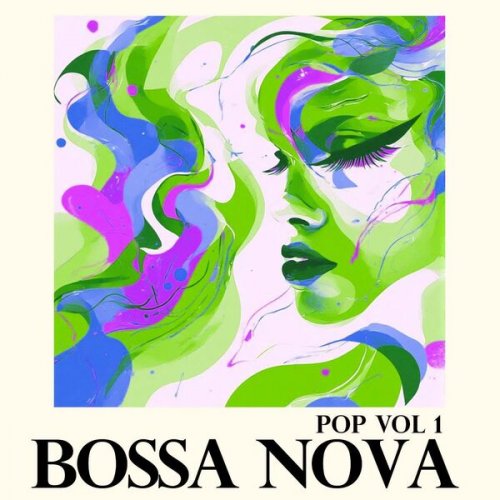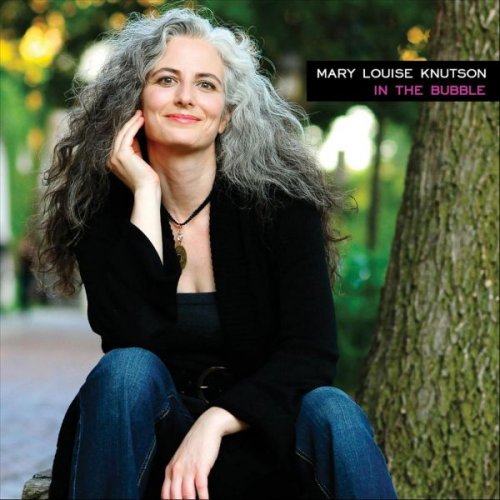Sandro Gibellini, Ares Tavolazzi, Mauro Beggio - Put On a Happy Face (2010)

Artist: Sandro Gibellini, Ares Tavolazzi, Mauro Beggio
Title: Put On a Happy Face
Year Of Release: 2010
Label: Caligola records
Genre: Jazz
Quality: FLAC (tracks)
Total Time: 00:54:06
Total Size: 337 MB
WebSite: Album Preview
Tracklist:Title: Put On a Happy Face
Year Of Release: 2010
Label: Caligola records
Genre: Jazz
Quality: FLAC (tracks)
Total Time: 00:54:06
Total Size: 337 MB
WebSite: Album Preview
1. I'm Through With Love 08:00
2. Sati 06:14
3. Moon River 07:44
4. Strike Up the Band 03:33
5. Piccolo valzer per Ruiz 04:32
6. Question Mark 05:49
7. Put On a Happy Face 05:01
8. Flamingo 09:42
9. Jazz Dream 03:31
The nine tracks "Put on a Happy Face", recorded in a Tuscan studio in March 2009, exalt the main characteristics of the trio, namely the constant search for interaction – in a kind of continuous dialogue between the musicians – and the freshness of the proposed music. The repertoire, selected with special care, combines standards (some very famous, such as Henry Mancini's "Moon River" or Gershwin's "Band Strike", others less well-known, such as "I Finished with Love", a delightful opening composition or one with its smooth swing and contagiousness, which gives album title) to the original compositions, one Tavolazzi, a waltz, and three Gibellini. In particular, the revival of the jazz dream looks successful, which his co-authors, guitarist from Brescia and singer Alan Farrington, who are present as a guest only on this song, proposed three years ago as a duet in the successful album "Two of Us ..." (Caligula 2082). The trio plays very relaxed, without looking frivolous or shallow. The melodic lines of Sandro Gibellini, an extremely versatile guitarist, always punctual and elegant, respecting the jazz tradition and at the same time original, are a wedding invitation for the exquisite double bass of Ares Tavolazzi with a lively and deep presentation, which in turn finds in the creative and solid "drumming" of Mauro Beggio an equally ideal partner. It does not matter that the dialogue is conducted by musicians of such different ages and backgrounds (Tavolazzi was born in 1948, Gibellini in 1957, Beggio in 1970: therefore, there is a space between the first and the third generation). Rather, it is proof, if it were ever needed, that the age difference in music has never been a serious problem and, in our opinion, never will be.
Download Link Isra.Cloud
Sandro Gibellini, Ares Tavolazzi, Mauro Beggio - Put On a Happy Face (2010)
My blog
Sandro Gibellini, Ares Tavolazzi, Mauro Beggio - Put On a Happy Face (2010)
My blog








